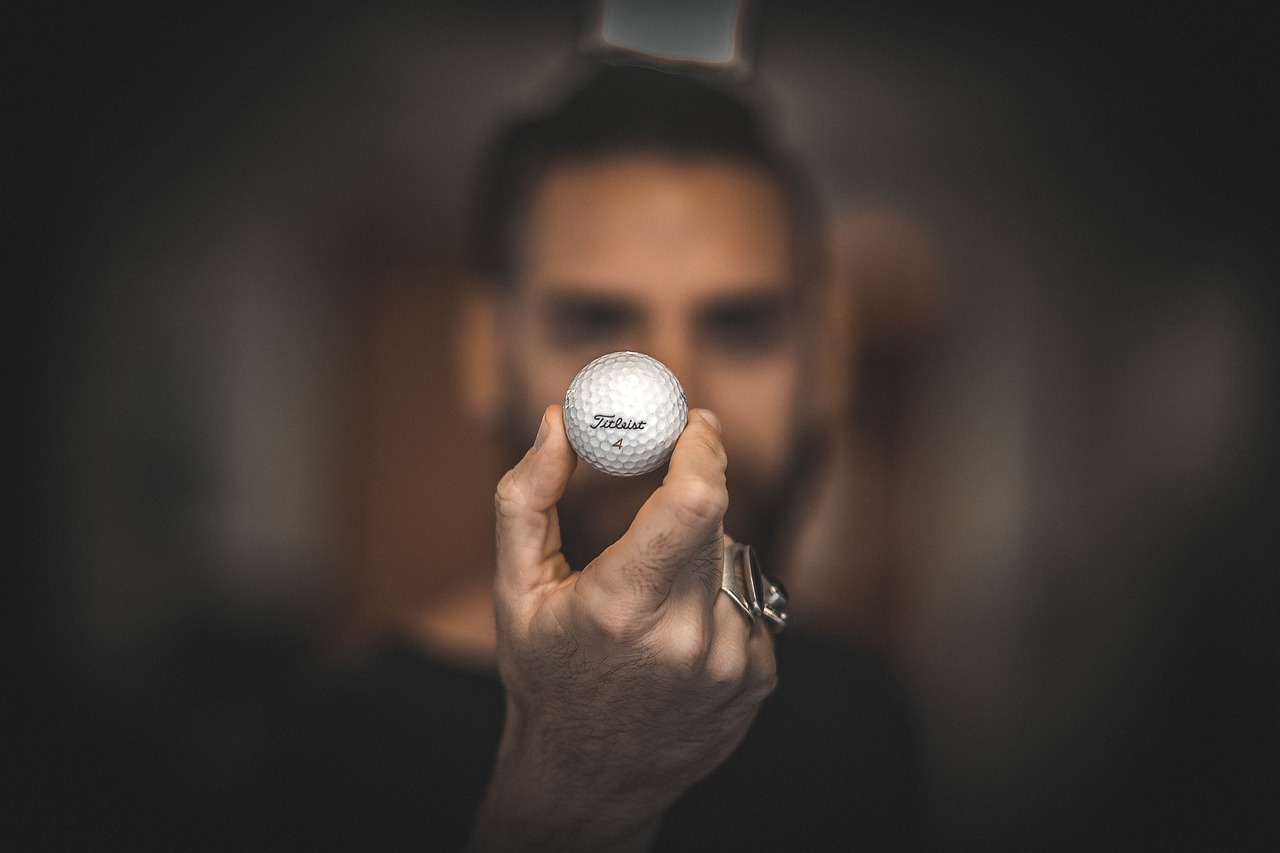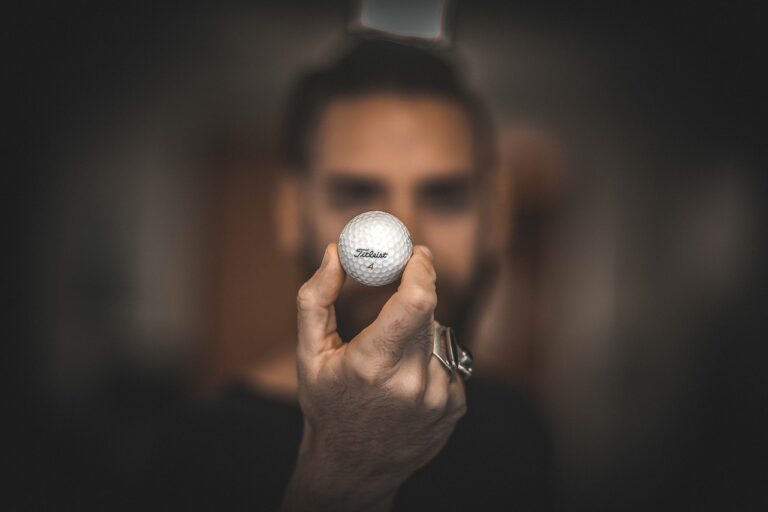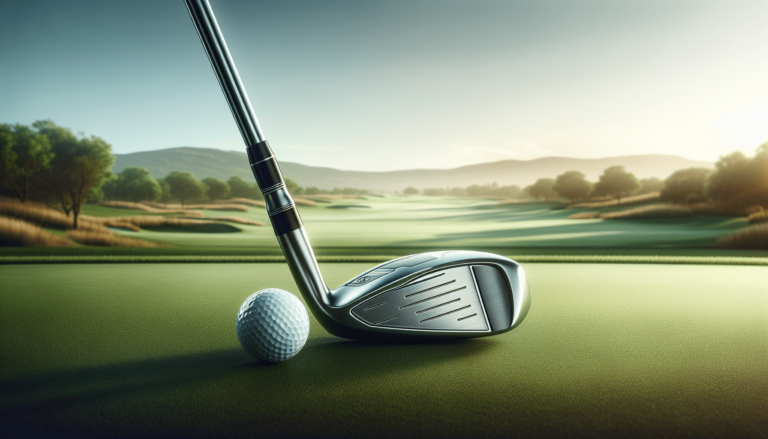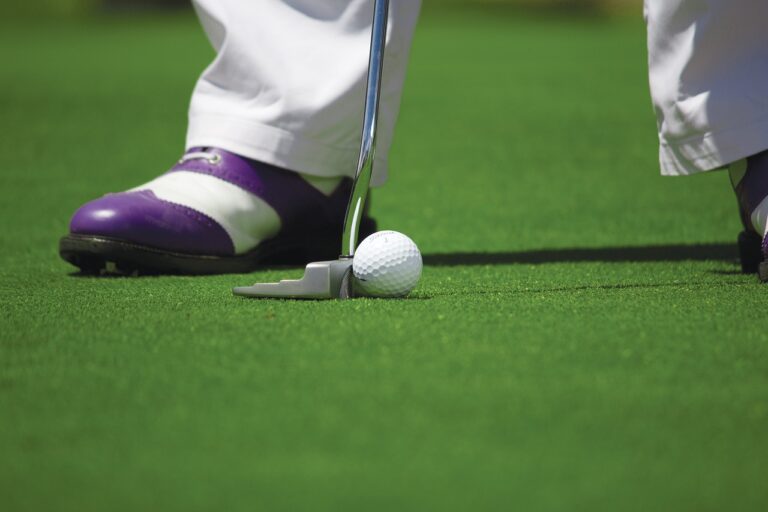Finding the Perfect Iron Shaft for a 60-Year-Old Golfer
Finding the perfect iron shaft for a 60-year-old golfer can greatly improve your game and overall enjoyment on the course. As you get older, your golfing needs change, and what worked for you in your 40s and 50s might no longer be the best fit. This article delves into the specific considerations senior golfers should take into account when selecting an iron shaft, from the type of material to the shaft flex and weight. Whether you’re looking to retain your swing speed, achieve better accuracy, or simply play comfortably, you’ll find guidance tailored to help you choose the right iron shaft for your unique needs. Happy golfing! Have you ever wondered what the best iron shaft might be for a 60-year-old golfer? Whether you’re seasoned on the greens or just looking to up your game, finding the perfect equipment can make all the difference. Let’s delve into the world of golf irons, specifically iron shafts, and explore the nitty-gritty details necessary for senior golfers to make an informed choice.
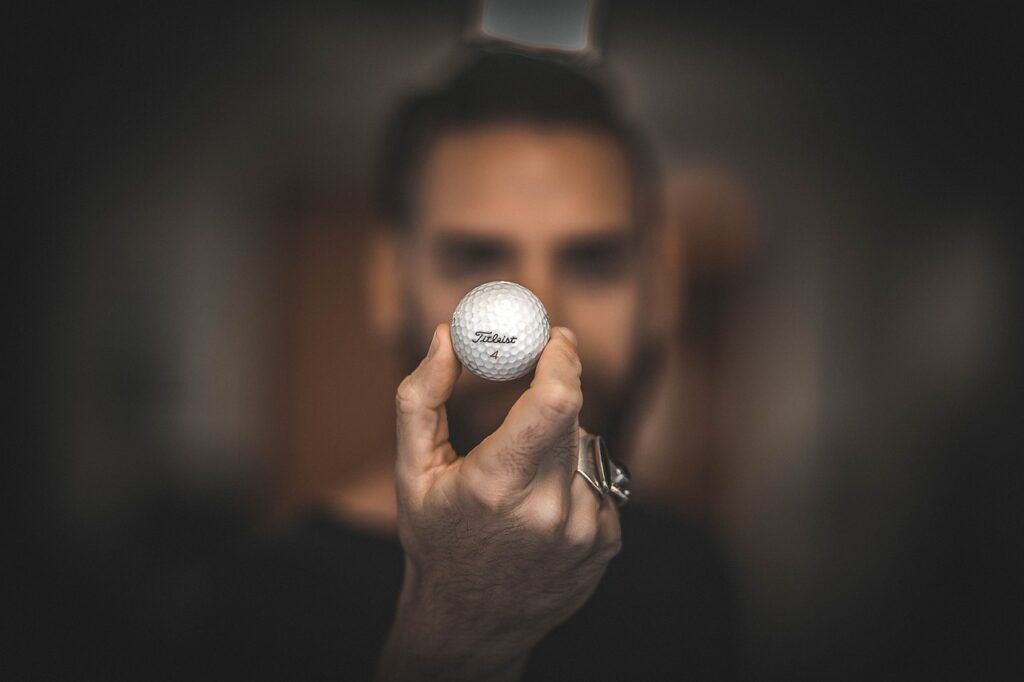
Understanding the Importance of Iron Shafts
You might be asking, why focus on iron shafts? In golf, the shaft is the engine of the club. It can significantly impact your swing, control, and overall performance on the course. For a 60-year-old golfer, selecting the right shaft is crucial to maintaining the joy of the game while accommodating age-related physical changes.
Physical Considerations for Senior Golfers
When it comes to selecting golf equipment for senior players, various physical factors come into play. Understanding these can help tailor your equipment choices to your specific needs:
Flexibility
With age, flexibility often diminishes. This significant aspect affects your golf swing, making softer, more flexible shaft options appealing. These can help generate the necessary clubhead speed, ensuring a good distance with each swing.
Swing Speed
Generally, swing speed decreases as you get older. Iron shafts designed for lower swing speeds can help you maintain distance and accuracy. Lightweight and flexible (often referred to as ‘senior flex’) shafts can be an excellent choice here.
Strength and Fatigue
Recognizing changes in your strength and how quickly you tire during play is vital. Lighter shafts can reduce fatigue and make it easier to sustain performance over an entire round of golf.
Types of Iron Shafts
Iron shafts come predominantly in two materials: steel and graphite. Each material has its own set of characteristics, advantages, and drawbacks.
Steel Shafts
These are known for their durability and consistency. They offer more feedback, providing a better ‘feel’ during your swing. However, they are also heavier, which can be a downside for senior golfers.
Graphite Shafts
Lighter and easier to swing, graphite shafts can help senior golfers maintain speed and distance. They also tend to be less harsh on your joints, which can be advantageous if you experience joint pain or arthritis.
Steel vs. Graphite: A Comparison
Here’s a table to help you compare these two options:
| Feature | Steel Shafts | Graphite Shafts |
|---|---|---|
| Weight | Heavier | Lighter |
| Feedback/Feel | Better feedback | Softer feel |
| Durability | More durable | Less durable |
| Swing Speed | Requires higher swing speeds | Suitable for lower swing speeds |
| Joints Impact | Harsher on joints | Easier on joints |
Flex Options and Swing Speed
Flexibility in a shaft is typically categorized as extra stiff, stiff, regular, and senior or ladies flex. Understanding which flex is suitable for your swing speed can vastly improve your game.
Senior Flex
For many senior golfers, a senior flex shaft is the best option. It’s designed to provide the maximum benefit for those with lower swing speeds, typically around 60-75 mph.
Regular Flex
If you maintain a slightly higher swing speed, around 75-85 mph, a regular flex might be more appropriate. However, for most 60-year-olds, carefully evaluating whether you truly need a regular flex is worthwhile.
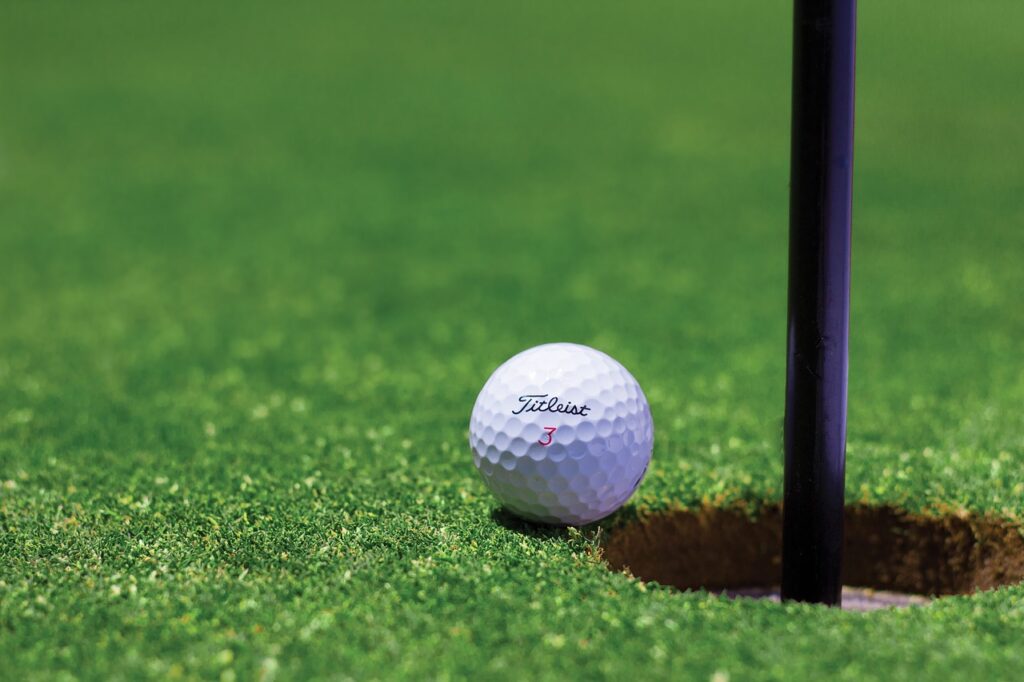
Assessing Your Swing
To choose the best shaft, you need to assess your swing. Here’s a step-by-step guide:
- Get Measured: Visit a professional to get your swing speed measured.
- Analyze Your Game: Consider your strengths and areas for improvement.
- Test Different Shafts: Try out various flexes and materials to see which feels best and improves your game.
Custom vs. Off-the-Shelf Shafts
Another decision you’ll need to make is whether to go for custom-fitted shafts or off-the-shelf options. Custom fitting can provide the exact shaft specifications that match your personal swing characteristics.
Custom Fitted Shafts
Custom fitting can account for nuances in your swing, body, and performance goals. This option is generally more expensive but can yield significant benefits.
Off-the-Shelf Options
If budget is a concern, off-the-shelf shafts are a viable and often sufficient choice, particularly for amateur golfers. They come in a variety of categories and can still greatly improve your game.
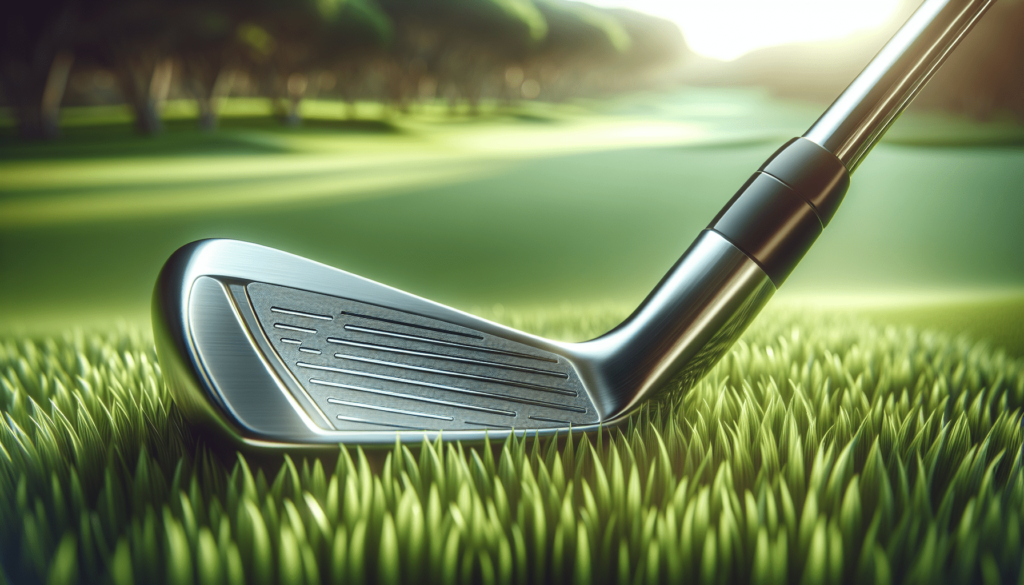
Choosing the Right Brand
Several brands produce high-quality iron shafts specifically tailored for senior golfers. Here are some notable ones:
True Temper
A leading manufacturer known for its steel shafts. The Dynamic Gold series is particularly popular.
Fujikura
Specializes in premium graphite shafts. Their Vista Pro series is highly rated among senior golfers.
Mitsubishi
Known for advanced materials and technology. The Tensei series is a favorite amongst many.
UST Mamiya
Offers a broad range of both steel and graphite shafts suitable for various skill levels and physical needs.
Usage Tips for Your Iron Shafts
Choosing the right shaft is only part of the equation. Proper usage and maintenance are equally important.
Swing Techniques
Consider adjusting your swing technique to complement your new shaft. Lighter shafts may require a smoother, more controlled swing rather than relying on raw power.
Regular Reassessment
Your needs may change over time. Regularly reassess your equipment to ensure it continues to meet your physical capabilities and performance goals.
Proper Maintenance
Maintain your shafts by regularly cleaning them and protecting them from extreme conditions. Proper storage and handling can extend the lifespan of your equipment.

Real-life Experiences
Hearing from other senior golfers can provide valuable insights. Many have shared their experiences and recommendations regarding specific shafts, flex levels, and brands. Here’s a brief overview:
Testimonials
- Jim, 62: “Switching to a graphite senior flex made a world of difference. I felt an immediate improvement in my swing speed and distance.”
- Susan, 64: “I was skeptical about custom fitting, but it was worth every penny. The personalized fit has helped me play longer rounds without discomfort.”
Case Study: Improving Performance
Let’s look at a case study: John, a 60-year-old golfer with a declining swing speed, struggled with his heavy steel shafts. After switching to a lighter graphite shaft with a senior flex, he noticed an improvement in distance, control, and reduced fatigue during play. John’s experience is a testament to the transformative power of selecting the right shaft.
Concluding Thoughts
Finding the perfect iron shaft is not just about enhancing your game; it’s about maintaining the joy and physical benefits of golf as you age. With the right information and a bit of experimentation, you can find an iron shaft that complements your physical needs and keeps you swinging strong at 60 and beyond.
So, what’s your next step? Consider your physical changes, assess your swing, explore both custom and off-the-shelf options, and tap into the experiences of fellow senior golfers. Whether you land on steel or graphite, regular or senior flex, the perfect iron shaft is out there waiting to transform your game. Happy golfing!

